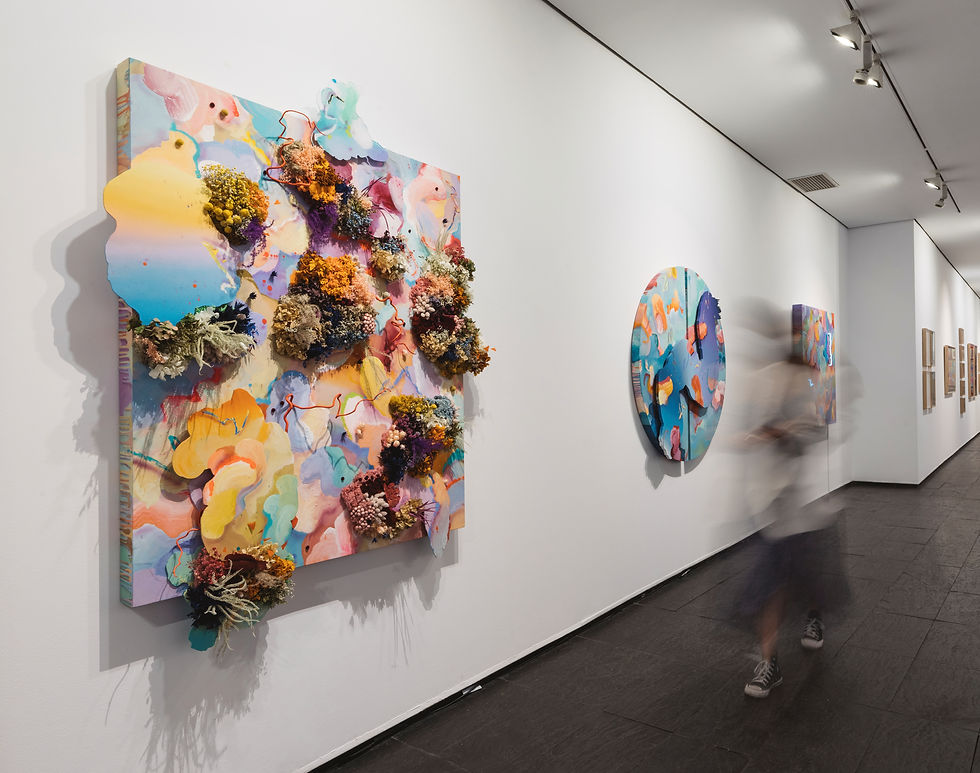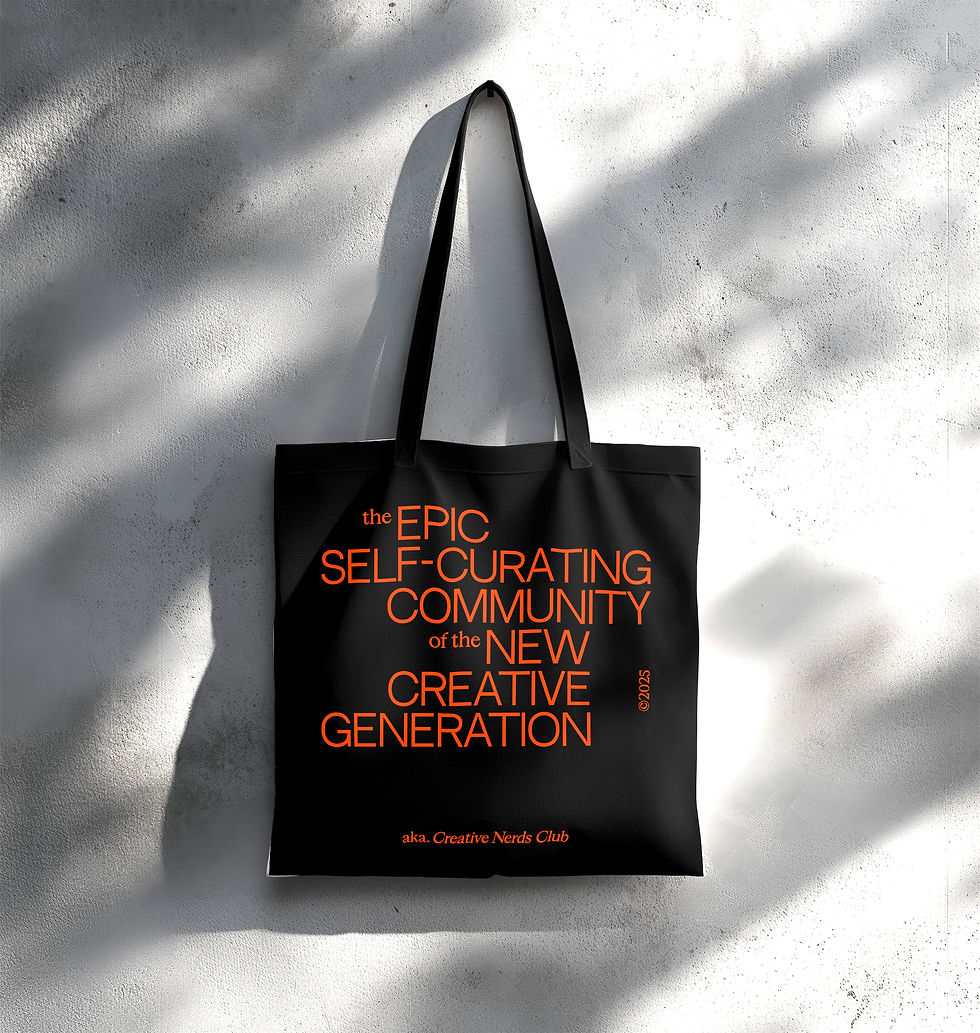DIALOGUE: Maria Eugenia Diego | Flower Artist
- Onur Çoban

- May 9, 2023
- 4 min read

We talked about her work and production practice with floral artist Maria Eugenia Diego, who develops large-scale installations, set design, and plant-based experiences to rethink traditions and concepts from a contemporary perspective.
Who is Maria Eugenia Diego? Can you briefly tell us about yourself?

I am a very active and curious person, passionate about plants and other natural beings, and how we all interact with each other. I am also interested in design and contemporary ways of expression, and for the past 3 years, I have been pushing my own project to tell my vision through my tools and knowledge.
After studying Architecture at Universidad Politecnica de Madrid, how did you enter the world of floral design, and how did your interest in this field begin? How would you describe your unique art practice?
After working as an architect for various offices and retail companies for 5 years, I felt the need for a change and a breath of fresh air. At that time, I was quite open to exploring new fields, and by chance, I ended up accepting a job at the flower shop of LOEWE. I wanted to distance myself from computer tasks and getting to know floristry was an amazing journey. It showed me a lot about the bonds between beings that we're not used to.
"Plants are incredible not only for their beauty, but also for their survival strategies. Discovering these magical parts of our surroundings made me think beyond myself."
Can you tell us about your project KOKON, which offers a new dialog between the fascinating world of plants and human beings?
KOKON was born as a project that brings together Nature and Space, going beyond decorative features. I apply composition, harmony, and balanced construction from my architecture knowledge to flower design. I aim for beauty and a powerful connection with the audience to draw attention and reflection about plants and flowers, so I can share my passion beyond my own experience. KOKON develops projects of different scales, from small unconventional compositions to spatial installations. Furthermore, we organize flower workshops and collaborations with artists from other fields.
As a floral artist, you produce works that are not very permanent and have a limited lifespan due to the material used. How does this limitation cause you to adopt an approach when creating your designs?
The ephemeral nature of working with flowers is both a challenge and an excitement, and it also brings a sense of reality to my work. Real life involves the rise and fall of beauty and youth, and working with these living beings reminds me of this fact every day. Additionally, this limited lifespan has led me to consider the difference between two different forms of plant expression: fresh flowers and dried flowers or fibers. Depending on the project or feeling I want to convey, I choose one or the other. A significant part of my work involves accepting and letting go of certain artworks. The positive aspect of this is that I don't accumulate too much in my studio.
Can you tell us a bit about the design process? What kind of approach do you adopt in your design process to strike a balance between creativity and technical skills?
I usually start by brainstorming, trying to envision the project without taking limitations into account. Often, it is a particular material or species that has fascinated me for a long time that serves as my inspiration. After that, I take some time to understand the material, playing with it and trying to discover new ways of using it beyond conventional methods. This is the most important part. Once I have a deep understanding of the material (which can take months and several projects), shaping and combining volumes comes more easily.
What do you do for inspiration? Who are the names you follow with curiosity in this field or from different disciplines?
I am observant of both art and nature. If I am in the city, I enjoy visiting art or geomineral museums (I love the one in Madrid), searching for artists' works, looking at images of fungi, and of course, being attentive to the miniature details and processes of nature in general.
As for flower art, I greatly admire Ruby Barber (from Mary Lennox Studio) and Azuma Makoto, who are pushing the boundaries of this field further and further. From other fields, I admire the work of Olafur Eliasson, Andres Reisinger, and Fernando Laposse.

Are you excited for the future, and what are your plans?
I am excited about this year, especially because after 3 years of hard work, I am starting to see a significant increase in work with more and more enjoyable installation projects that make KOKON economically viable. This point may not be talked about often, but it is equally important in an artist's life. This has created a space where I want to start developing my own artistic practice beyond clients and commissions. Through past projects, I have experimented with different species and forms of expression, and it is starting to generate a personal restlessness, where Maria Eugenia Diego, as an artist, creates more freely. KOKON will continue, of course, coexisting with this more experimental part that I want to launch with everything I have experienced.













































